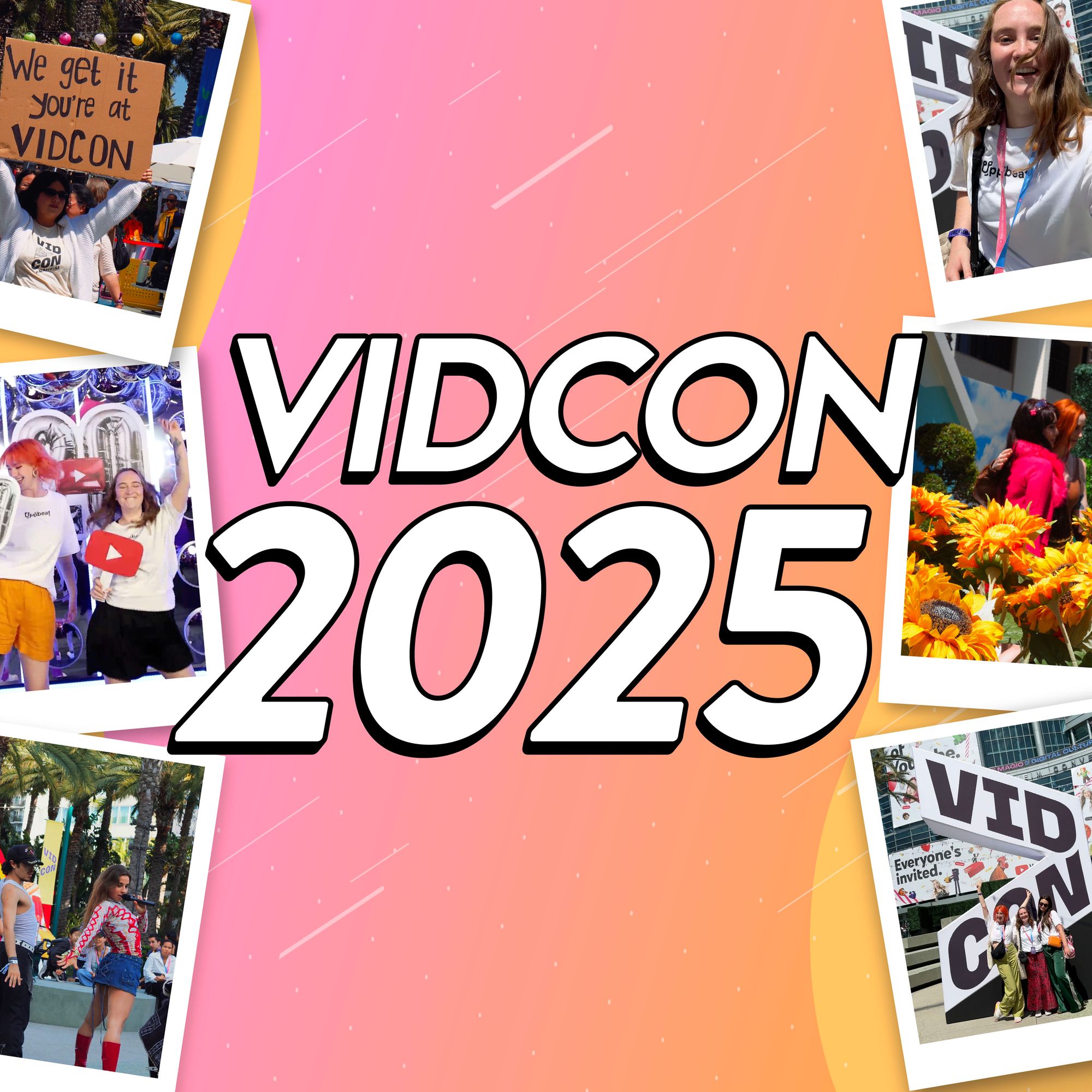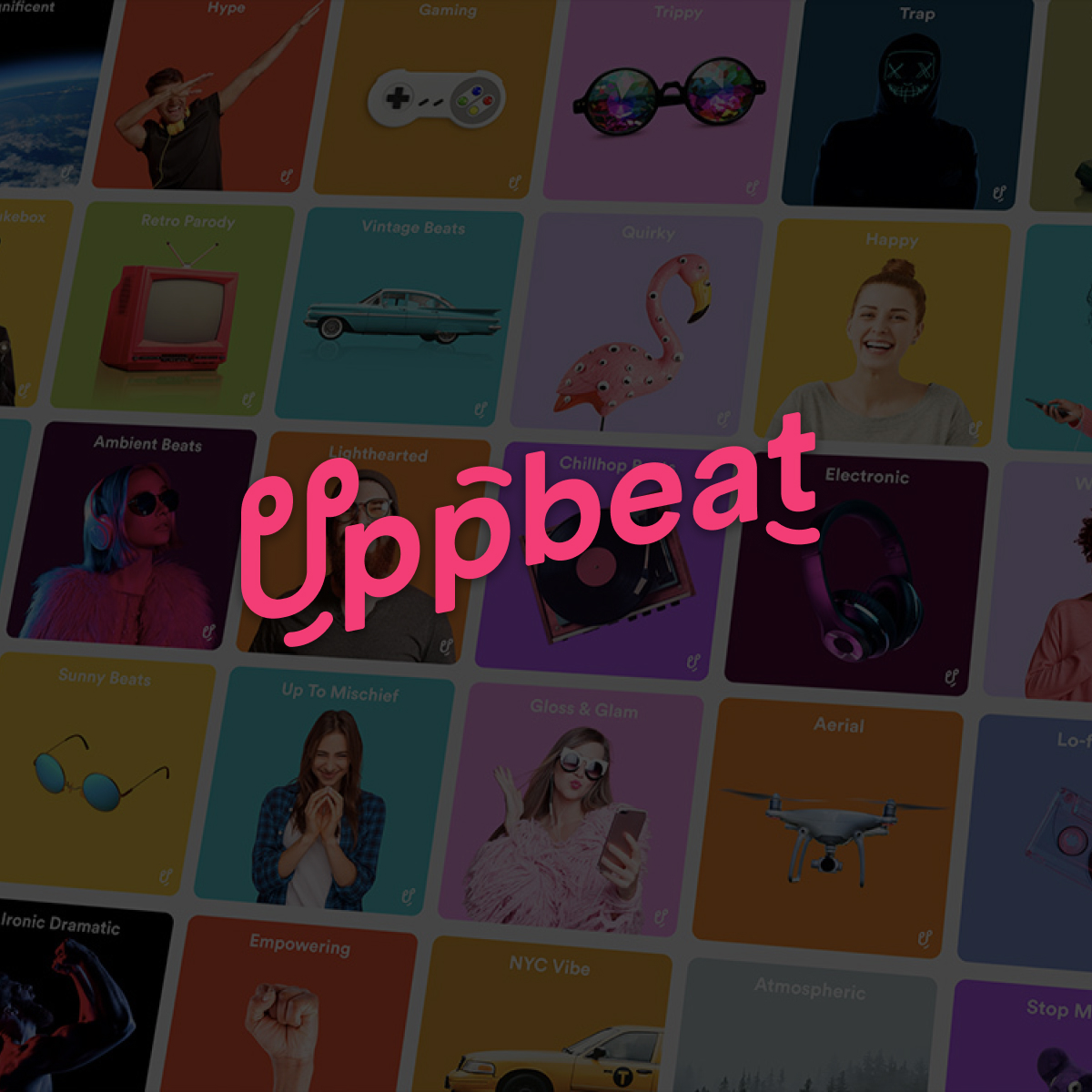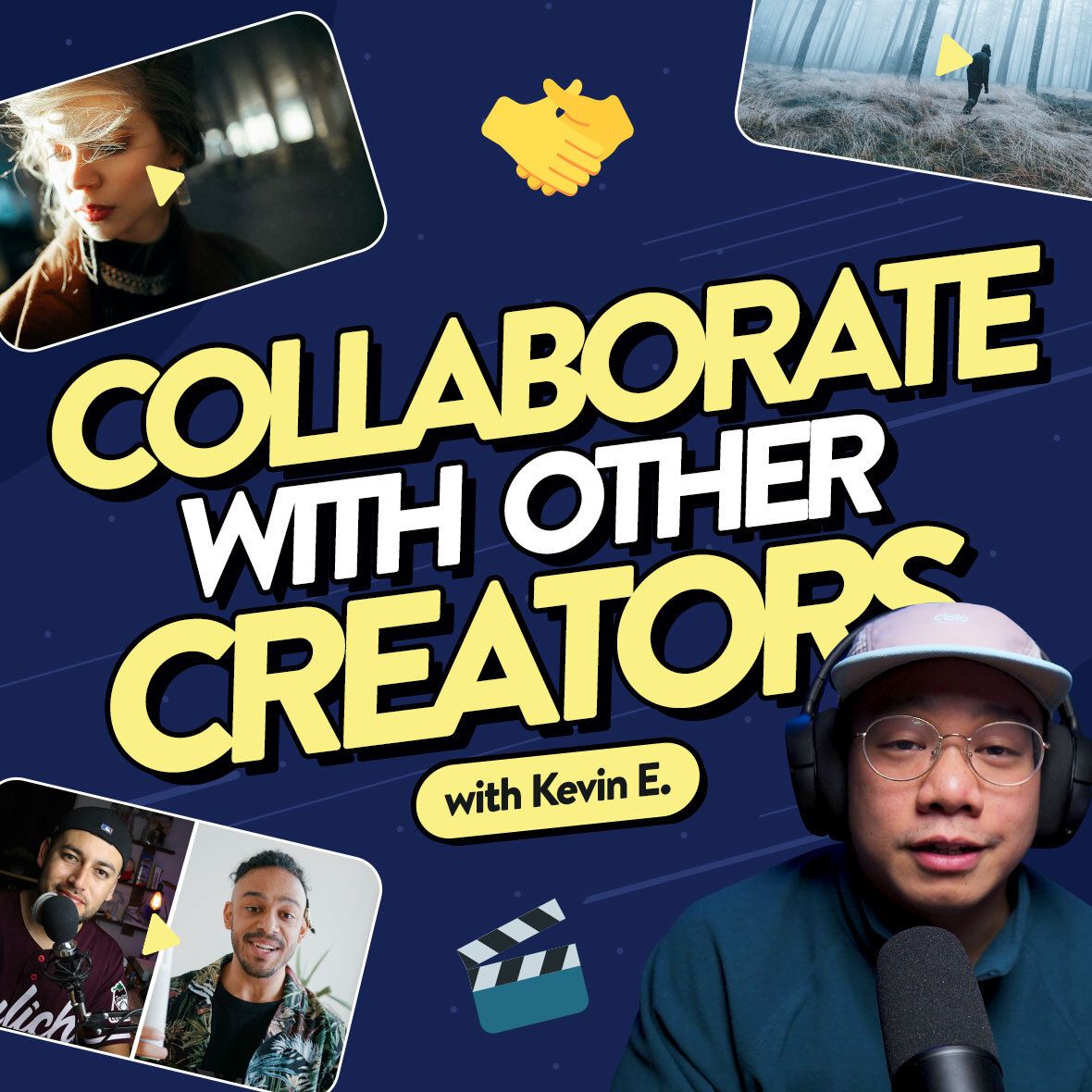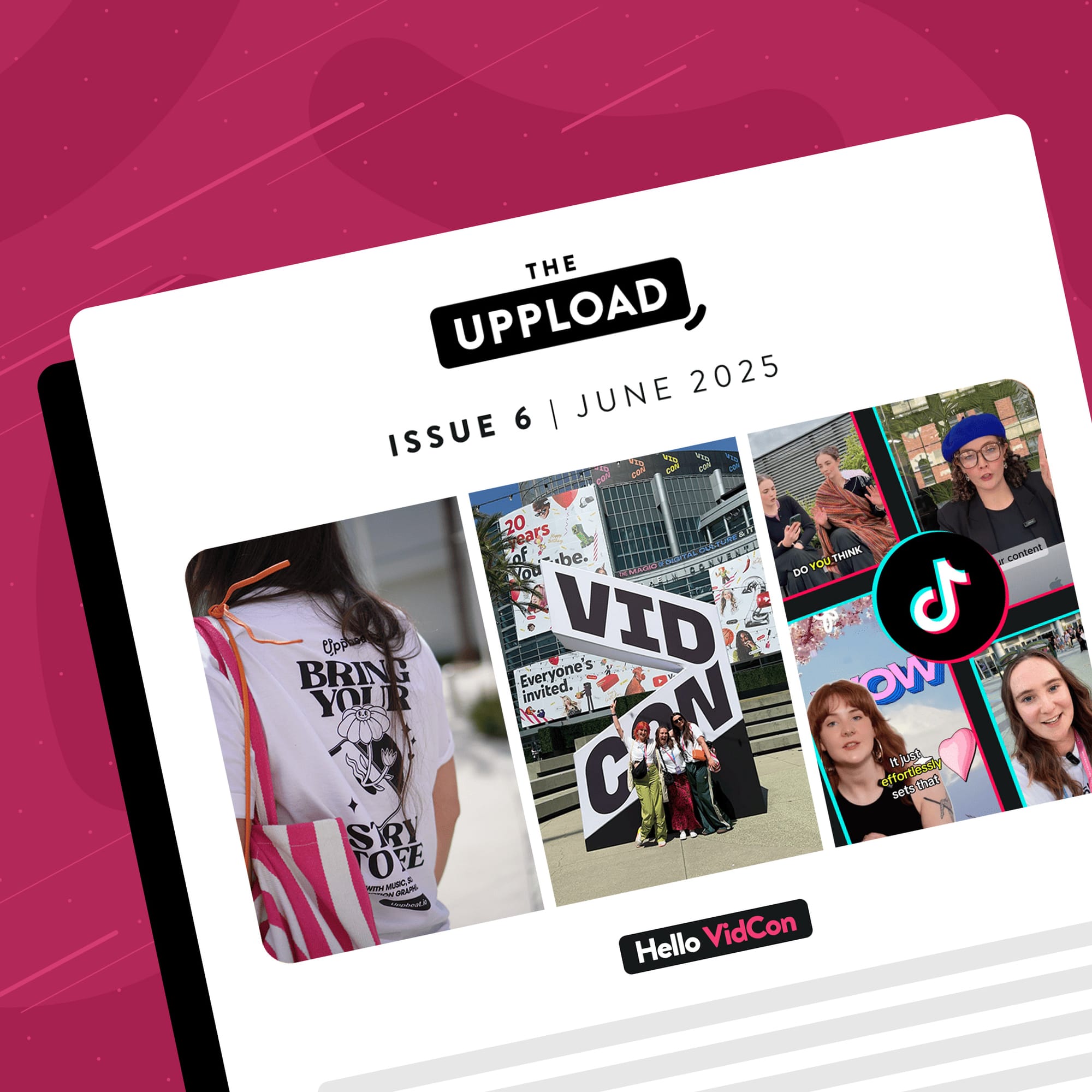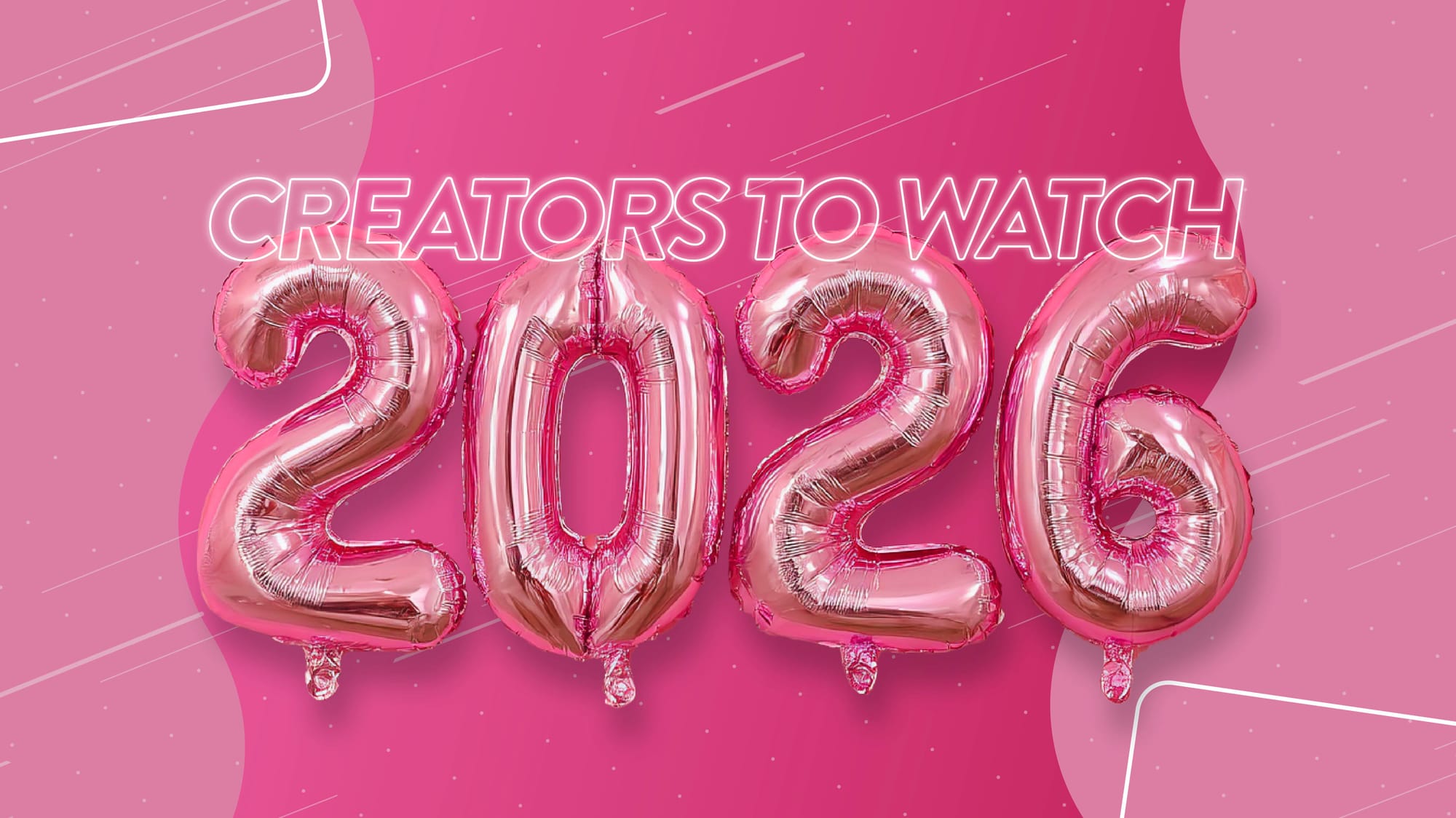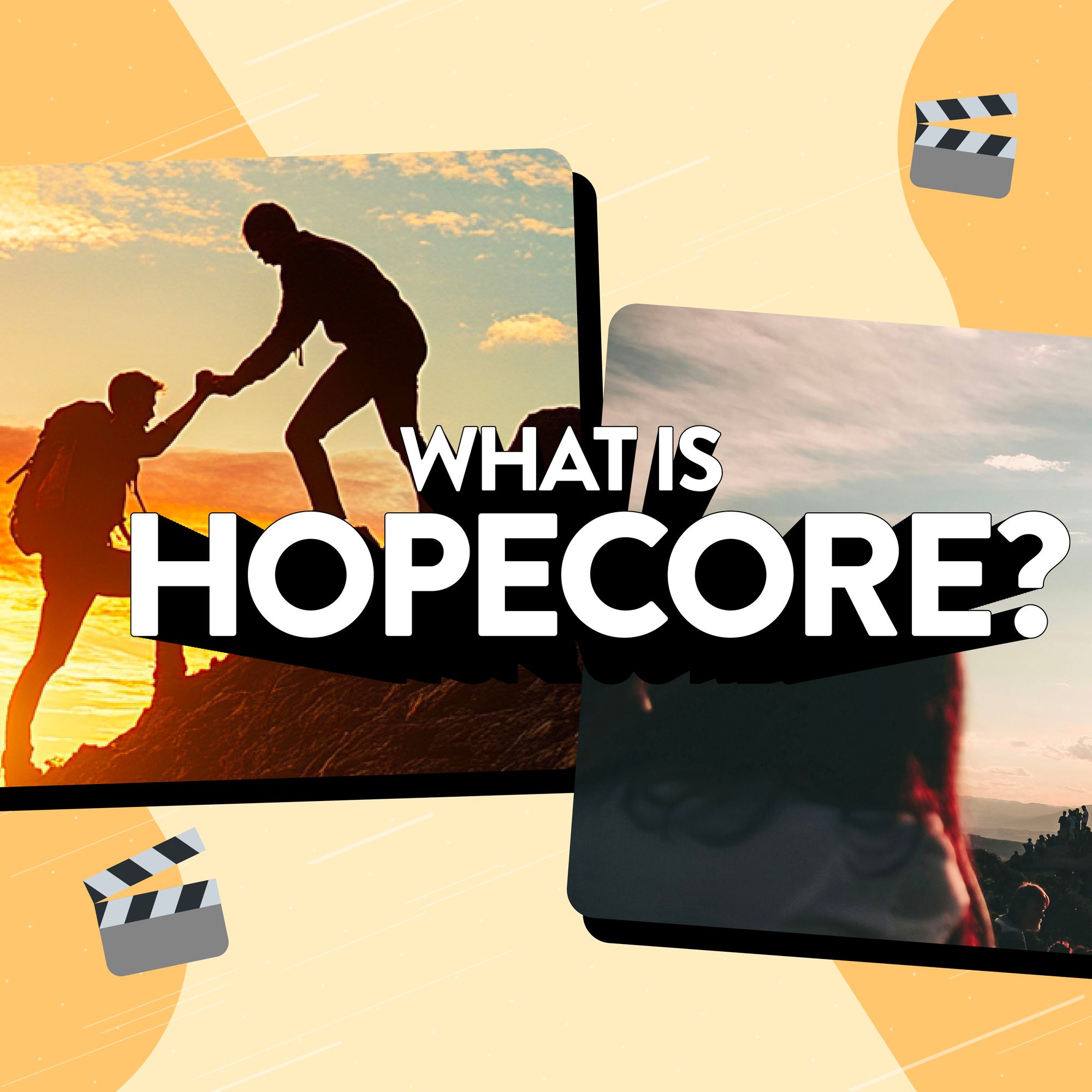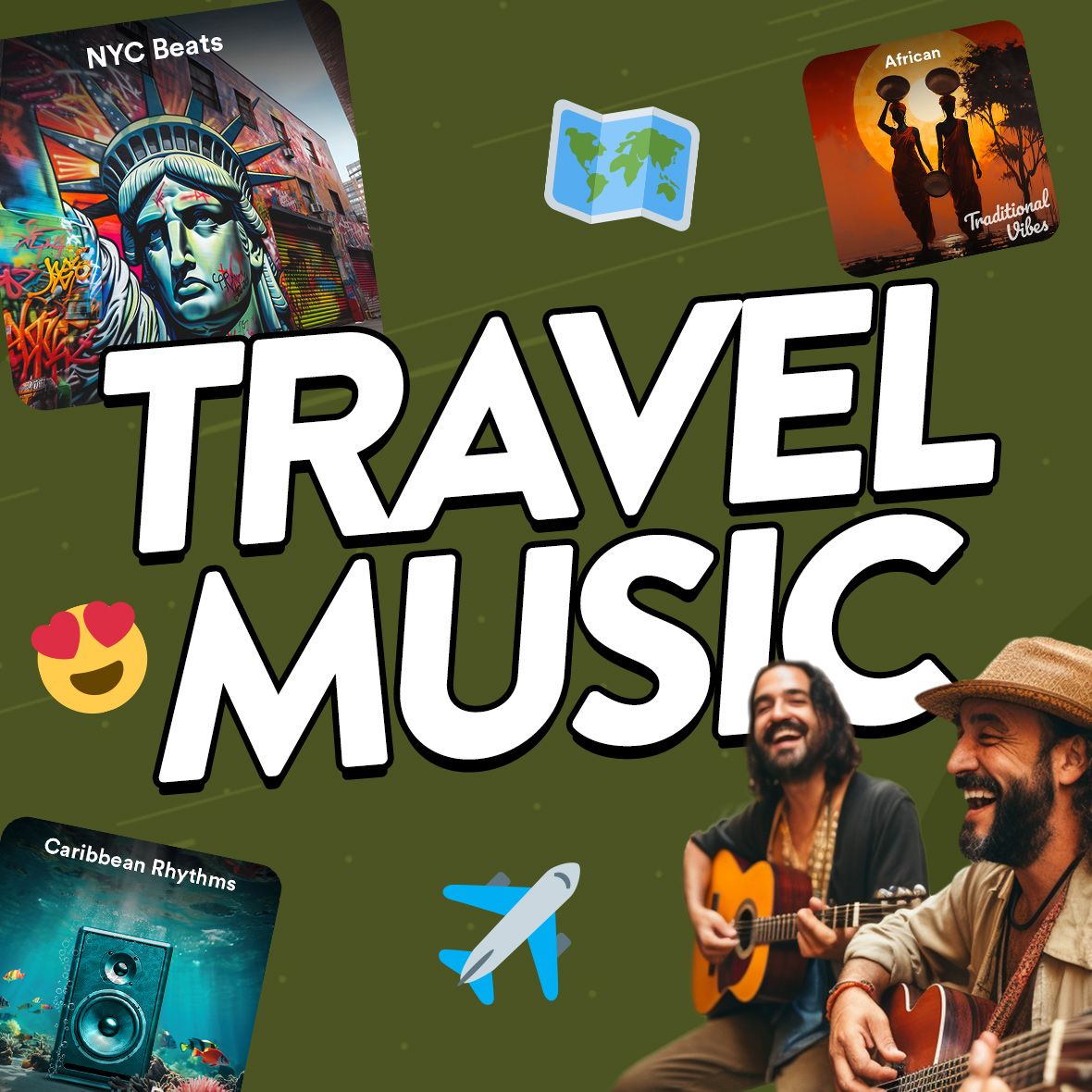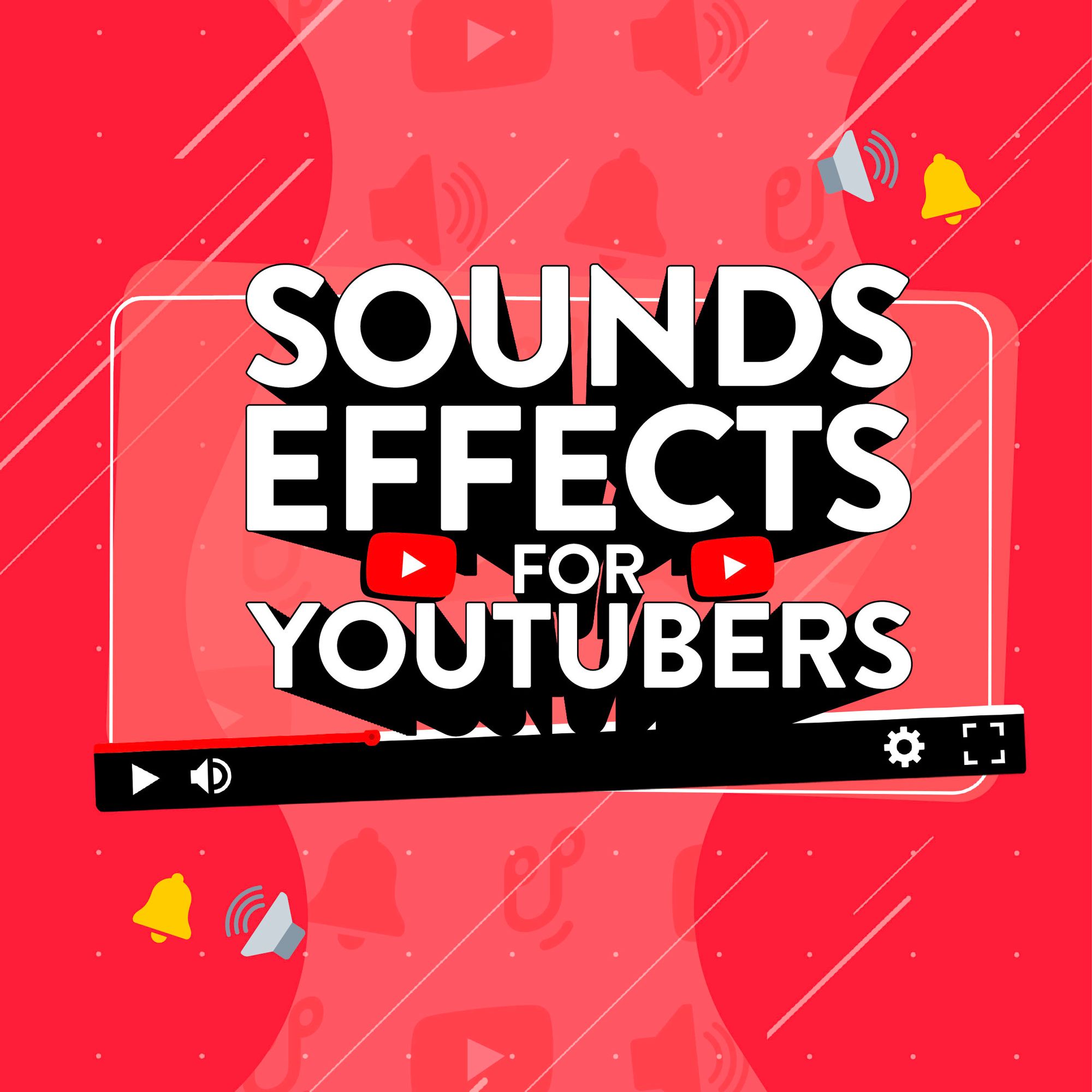VidCon is one of the best places to hear real, honest advice from the creators who are actually doing it. Part fan fest, part industry insider circle, it’s a gold mine for lightbulb moments you usually only get through trial and error. But with so much to take in, finding the real takeaways can be tough.
Now the Uppbeat team is back from Anaheim, we’ve pulled together the best pieces of advice from VidCon 2025. Expect tips on how to hook viewers like Zach King, approach storytelling like Mr Beast, and loads more actionable ideas straight from the stage – all from creators at the very top of their game!
So whether you missed VidCon or you were there and you're looking to recap on the best bits, dive into our priceless round-up of creator insights.
- Think like a viewer, not an algorithm
- Make the content you wish existed
- Take the time to plan your intro
- Storytelling keeps people watching
- Strong visuals speak louder than words
- Build a brand that speaks for you
- Use your own viewing habits to get better

1. Think like a viewer, not an algorithm
Too often creators focus on trying to get the better of YouTube’s algorithm. But YouTube doesn’t reward you for trying to game the system – it rewards you for making the content your audience wants to see.
Derral Eves, YouTube consultant and longtime MrBeast collaborator, puts it like this: “YouTube doesn’t push your videos – it’s the other way round – it pulls in the right videos for your viewers. Its highest priority is the person watching the video, because if they watch it, YouTube then makes money.”
Put simply, YouTube’s main goal is to keep viewers engaged. So when your content helps achieve that aim, you increase the likelihood of YouTube recommending your videos to more people. And that means more views!
So how do you approach keeping viewers engaged? The first step is to have a solid idea of who your viewers are. This allows you to be decisive and intentional, and will lead to more consistent content that your audience will want to come back to.
Shuang Hu uses these kinds of viewer personas all the time. Here’s an example of the incredibly specific profile she wants to reach with her own channel: “A 12-year-old half-Asian girl named Marianne who watches YouTube under the covers at night, obsessed with my content because it makes her feel seen.”
When you can describe your audience clearly, you start creating with purpose. So next time you're planning a video, skip the trend-chasing and instead ask, what does my viewer want to watch next?

2. Make the content you wish existed
Audiences spot it a mile off if you act like someone you’re not. It’s why authenticity and making videos you’d happily watch yourself will beat hopping on the latest fad every time.
Scott Brown is a producer who’s worked with top-tier creators like Logan Paul and even launched The Rock’s YouTube channel. He learned this lesson the hard way: “I tried to give people what I thought they wanted and not what I watched myself. I gaslit myself into believing that I liked it, but it wasn’t true and the audience always knew it.”
The result? Scott posted content he wasn’t happy with and found it didn't get as many views as his previous videos. Which is why he shared this mantra: “Just share what is true for you – there are other people that want to see it.”
A standout example of this advice in action is YouTube animator VivziePop. She created Hazbin Hotel because she wanted to see a queer-friendly, edgy, animated musical. When it didn’t exist, she made it. Turns out millions of others wanted that too.
VivziePop explains that her success came from creating something unique and authentic, rather than simply chasing big numbers. “If you're aiming for a hit show, you're going to make art more like AI - it’ll look like anyone could have made it. The goal should be to tell an amazing story that resonates with people. Because then someone will go ‘hey, this is kind of like me’, because it’s real.”
The best way to find your people is to make content that genuinely reflects what you love. You can't fake passion and your audience knows when you're bluffing.

3. Your intro is the most important part of your video, so plan it meticulously
Your intro isn’t just the start of your video – it’s the moment you either earn your audience’s attention or lose it. That’s why it pays to craft an intro that creates curiosity and convinces viewers to stick around for longer.
Aprilynne Alter is a YouTube coach who teaches creators how to hold viewers from the get-go. She encourages creators to lock in a strong title and thumbnail (what she calls your “TNT”) before they even start scripting. The goal is to deliver on the viewer’s expectations within the first few seconds – not after an extended setup. Her top advice? Build your viewers' trust by making sure your title, thumbnail and opening shot all work together.
“Match your first sentence to the title. Match your first frame to the thumbnail,” explains Alter. “To minimize drop-off from the very beginning, you have to assure people that the promises made by the title and thumbnail are going to be met. They set expectations for what the video is, and build trust that they’re going to get a pay-off at the end.”
If the different elements of your video don’t feel like they fit together, your viewers will soon notice how jarring it feels. Or as Aprilynne puts it, “Confusion will always cause people to click away.”
That doesn’t mean you can neglect your footage though: “You need to show what is happening,” Alter explains. “It’s more common than ever for someone to watch the entire intro without the sound on. If you don’t show what’s happening, people will click on something else that does.”
Those first few seconds become even more critical when you create short form content and can’t rely on your title and thumbnail to build intrigue. Nate Norrell used to work alongside Zach King and shared the TikTok star’s mantra: "You want to open with what’s in it for the viewer – don’t ease into it. Say it straight away."
The most important role of your intro is to grab people’s attention fast. So make your first few seconds impossible to ignore and give your viewers an idea of why your video is worth their time.

4. Storytelling keeps people watching
Viewers might decide to watch your video because of the title, thumbnail or hook, but they stay because of the story. A well-structured narrative gives your video momentum and makes every second feel worth watching.
Scott Brown worked with Logan Paul on a scripted YouTube series that racked up over 70 million views. He emphasises the importance of giving people a reason to keep watching. “Storytelling is ultimately about provoking curiosity in your audience,” says Brown. “You want to keep them thinking ‘what’s going to happen next?’”
This idea of creating a strong narrative is important for even the snappiest short-form content. Savannah Moss – known for creating fever dream-style content – said that while her videos feel “random and chaotic,” she still focuses on elements that tie the story together. “I’ll always loop something from the end to the beginning, if it’s a character, a costume, a location,” Moss explains. “Having that story element matters so you can plan how the video is going to go, from start to finish.”
Creators across VidCon were united in sharing how important Nate Norrell takes a meticulous approach to making sure he nails the story in every upload. "I try to make it seem like it was in the moment and caught on camera, but everything is heavily planned. I’ll always shoot up to a dozen times so I get the right spontaneous feel that works for my videos."
Whether your content is structured or spontaneous, the goal is the same: build momentum, create curiosity, and reward your viewers for sticking around.

5. Strong visuals speak louder than words
In a world where viewers are constantly scrolling, powerful visuals are your best chance to grab attention and tell your story – even when people watch your content on mute.
Bridget Haggerty, a lead educator for creators at B&H Photo, says strong visuals are the ultimate universal language. “What if we don’t even need captions? What if we’re speaking a language where we don’t even need to translate? That language is your visuals.”
Thoughtful production can elevate your content even if you’re just using a smartphone – from lighting and framing choices to subtle movement and match cuts. “You don’t need a RED, professional-grade camera to make beautiful content,” she says. “What really counts is how you use what you have to enhance your story.”
Take the time to work on your set-up. When it looks like you put care into your content, people are more likely to care about it too. Well-lit shots, clear composition, and dynamic editing help you stand out – and they don’t require fancy gear.

6. The brand you build is how your viewers see you
As a creator, it can sometimes feel strange to think of yourself as a brand. But your personal brand isn’t a logo or the color of your graphics, it’s the vibe you give off – and it should reflect who you really are.
Goldie Chan, known as the “Oprah of LinkedIn,” reminded creators that branding shouldn't be over-the-top or fake. “Personal branding lets you be thoughtfully visible without being overly performative,” she says. “Focus on what your personal story is. The look to build your brand so that the story speaks for itself.” Or in other words, create a look and feel that speaks for you, so you don’t always have to.
Goldie suggests creating a clear three-word statement that sums up who you are as a creator. When you can summarize your content in such a succinct way and carry that clear message throughout your videos, you’ll make it easier for your viewers to see what you’re about.

7. Use your own viewing habits to get better
Want to know what works on TikTok, Shorts or YouTube? Your own screen time is the best content research tool you have. Every time you stop to watch a video, or scroll past one, think what it was about that video that made you take that action. It’s an easy way to learn what works and what doesn’t.
It’s exactly how Nate Norrell learns how to improve his own content: “Study yourself when you’re scrolling and take a moment when you stop and get caught by a video,” he explains. “Realise why you stopped and break it down. Was it something they said in the first five seconds? Or some information on what the video was about?”
It’s easy to get stuck in creator mode. But when you pay attention to your own habits as a viewer, you gain insight into what truly hooks and holds attention for your audience.
Instead of guessing what the audience wants, track what you respond to. What made you stay until the end? When did you scroll away? What made you want to watch another video from the same person? Write down what you find and apply it to your next upload.

The best creators never stop learning their craft
There’s no one-size-fits-all approach to creating content that hits, but VidCon 2025 showed us that the best creators are the ones who stay curious, authentic, and never stop learning.
Every tip we’ve shared came straight from the creators who’ve been there, made the mistakes, and kept showing up. But the biggest lesson we learnt? Never stop creating and try to improve with every upload.
If you’re hungry for even more practical advice from creators at the top of their game, check out how you can elevate your storytelling with tips from The Creator’s Cut’s Kevin E.

